Resources
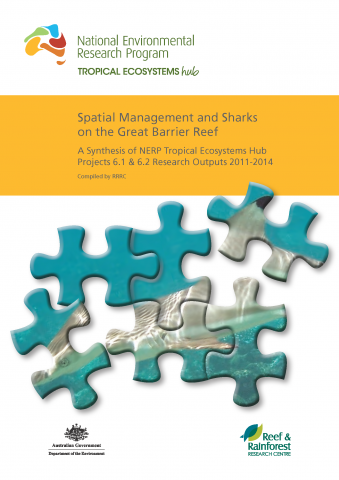 Donnelly, R., Yates, P., Schlaff, A., Espinoza, M., Matley, J., Ledee, E., Currey, L., de Faria, F., Moore, S. (2015) Spatial Management and Sharks on the Great Barrier Reef.
Donnelly, R., Yates, P., Schlaff, A., Espinoza, M., Matley, J., Ledee, E., Currey, L., de Faria, F., Moore, S. (2015) Spatial Management and Sharks on the Great Barrier Reef.
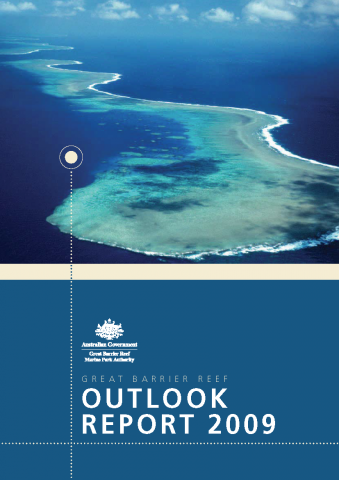 The Great Barrier Reef Outlook Report 2009 is a stock-take of the Great Barrier Reef, its management and its future.
The Great Barrier Reef Outlook Report 2009 is a stock-take of the Great Barrier Reef, its management and its future.
The aim of the Outlook Report is to provide information about:
- The condition of the ecosystem of the Great Barrier Reef Region (including the ecosystem outside the Region where it affects the Region);
• Social and economic factors influencing the Great Barrier Reef ecosystem;
• Management effectiveness of the Great Barrier Reef; and
• Risk-based assessment of the long-term outlook for the Region.
The Report underpins decision-making for the long term protection of the Great Barrier Reef. It was prepared by the GBRMPA based on the best available information and was independently peer reviewed. Many people contributed to the development of the Outlook Report including:
• Australian and Queensland Government agencies
• Leading Great Barrier Reef scientists and researchers
• Industry representatives
• Advisory committees
• Members of regional communities and the public.
The publication of an Outlook Report was a key recommendation of the review of the Great Barrier Reef Marine Park Act 1975. A report is to be prepared every five years and given to the Minister for Sustainability, Environment, Water, Population and Communities for tabling in both houses of the Australian Parliament.
The Great Barrier Reef Outlook Report 2009 is the first of these reports.
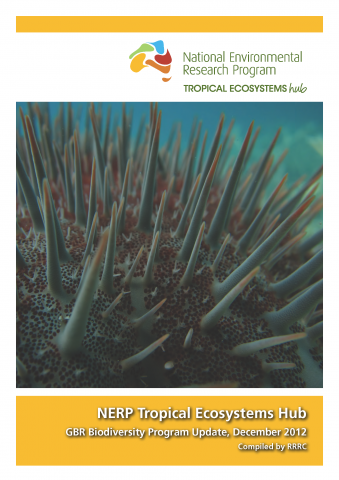 An update brochure of what's going on with the NERP Tropical Ecosystems Hub Great Barrier Reef Biodiversity projects.
An update brochure of what's going on with the NERP Tropical Ecosystems Hub Great Barrier Reef Biodiversity projects.
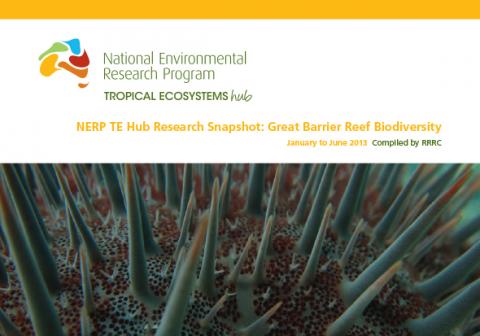 A snapshot of the research progress within the Great Barrier Reef Biodiversity node for January to June 2013.
A snapshot of the research progress within the Great Barrier Reef Biodiversity node for January to June 2013.
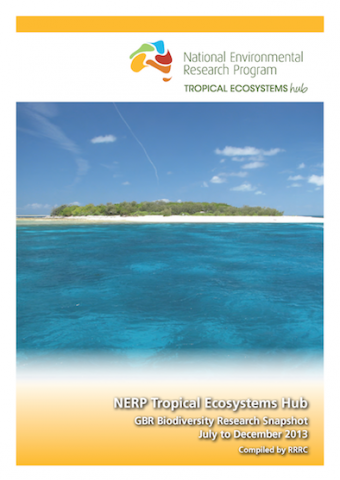 A snapshot of the research progress within the Great Barrier Reef Biodiversity node for July to December 2013.
A snapshot of the research progress within the Great Barrier Reef Biodiversity node for July to December 2013.

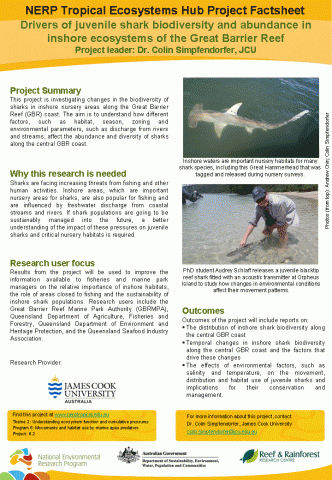 This project is investigating changes in the biodiversity of sharks in inshore nursery areas along the Great Barrier Reef (GBR) coast. The aim is to understand how different factors, such as habitat, season, zoning and environmental parameters, such as discharge from rivers and streams, affect the abundance and diversity of sharks along the central GBR coast.
This project is investigating changes in the biodiversity of sharks in inshore nursery areas along the Great Barrier Reef (GBR) coast. The aim is to understand how different factors, such as habitat, season, zoning and environmental parameters, such as discharge from rivers and streams, affect the abundance and diversity of sharks along the central GBR coast.

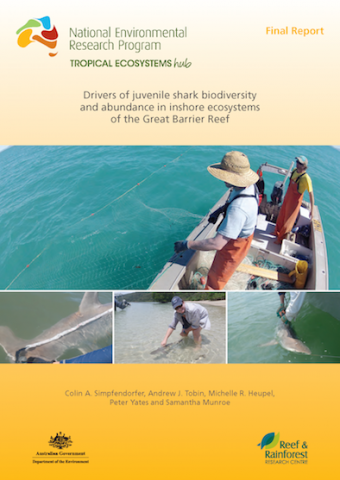 Simpfendorfer, C. A., Tobin, A. J., Heupel, M. R., Yates, P., Munroe, S. (2014) Drivers of juvenile shark biodiversity and abundance in inshore ecosystems of the Great Barrier Reef.
Simpfendorfer, C. A., Tobin, A. J., Heupel, M. R., Yates, P., Munroe, S. (2014) Drivers of juvenile shark biodiversity and abundance in inshore ecosystems of the Great Barrier Reef.
© JCU

White, J., Simpfendorfer, C.A., Tobin, A.J., Heupel, M.R. (2013) Age and growth parameters of shark-like batoids. Journal of Fish Biology. 84 (5) 1340-1353 [doi: 10.1111/jfb.12359].

Munroe, S.E.M., Simpfendorfer, C.A., Heupel, M.R. (2013) Defining shark ecological specialisation: concepts, context, and examples. Reviews in Fish Biology and Fisheries. 24 (1) 317-331 [doi: 10.1007/s11160-013-9333-7].
Munroe, S.E.M., Simpfendorfer, C.A., Heupel, M.R. (2014) Habitat and space use of an abundant nearshore shark, Rhizoprionodon taylori. Marine & Freshwater Research. 65 (8) [doi: 10.1071/MF13272].


